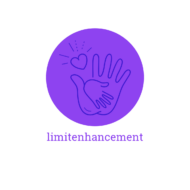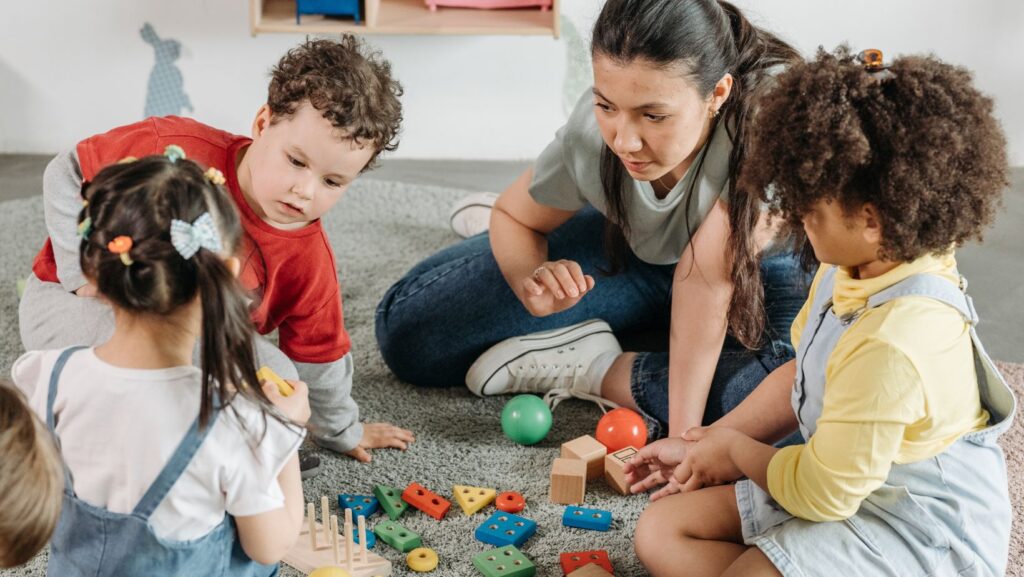Navigating the world of early education can be a labyrinth of terms and timelines. Preschool, one such term, often leaves parents scratching their heads. How long is it? What’s the right age to start? This article aims to demystify these questions.
Understanding the duration of preschool is vital. It helps parents plan their child’s educational journey and prepares the little ones for what lies ahead. The answer, however, isn’t as straightforward as you’d hope.
In the following sections, we’ll delve into the specifics of preschool duration, factors influencing it, and why it’s an essential step in a child’s academic career.
How Many Years is Preschool
 Children usually begin preschool around the age of three. This decision, however, often falls on the parents. Factors parents consider include the child’s maturity level and readiness for a structured learning environment. According to the National Association for the Education of Young Children (NAEYC), the ideal starting age for preschool may vary based on individual child’s development and needs.
Children usually begin preschool around the age of three. This decision, however, often falls on the parents. Factors parents consider include the child’s maturity level and readiness for a structured learning environment. According to the National Association for the Education of Young Children (NAEYC), the ideal starting age for preschool may vary based on individual child’s development and needs.
Children typically spend two years in preschool. They start in a “pre-3” program at the age of three and then transition into a “pre-4” program at the age of four. However, this duration isn’t set in stone. Some children might spend more time in preschool, particularly if they have late birthdays. Others may spend less time if they’re deemed ready for kindergarten at an earlier age. Moreover, the preschool duration may also be influenced by different educational systems or regions. For instance, in Australia, the preschool program runs for one year, while in the United Kingdom, it lasts for two years. Hence, the number of years a child spends in preschool can vary based on numerous factors.
The Importance of Preschool for Early Childhood Development
While understanding the “how long” and “when to start” of preschool provides a much-needed perspective, honing in on preschool’s pivotal function in early childhood development provides additional depth. Key areas of focus include the refinement of social skills and laying a strong academic foundation, both of which offer long-term benefits for young learners.
Building Social Skills
Preschool represents an essential stage in a child’s development—the first social environment outside family surroundings. It introduces children to peers, allows interaction with different personalities, and helps forge the first friendships—a critical step in becoming socially adept. For instance, structured play during preschool allows children to understand rules, take turns, and respect others’ rights, fostering a sense of empathy and group cohesion.
Children also get the chance to express themselves, gain self-confidence, and improve communication skills—essentials for not just school life but also their future interactions in the larger world. By integrating emotional intelligence with cognitive abilities, children in preschool learn to manage feelings and comprehend the importance of respecting viewpoints different from their own.
Laying the Foundation for Academic Learning
Preschool’s role transcends simply facilitating social interaction. It serves as the precursor to formal education, building the ground for academic learning. The preschool period familiarizes children with numbers, letters, and basic math and literacy concepts, instilling curiosity and a love for learning.
 Intriguing activities propel cognitive development by stimulating children’s creating thinking and problem-solving capabilities. A classroom’s routine, for instance, children gain familiarity with organizing their day, adhering to a schedule, focusing on tasks, and developing their attention span—all critical pre-academic skills.
Intriguing activities propel cognitive development by stimulating children’s creating thinking and problem-solving capabilities. A classroom’s routine, for instance, children gain familiarity with organizing their day, adhering to a schedule, focusing on tasks, and developing their attention span—all critical pre-academic skills.
Contrary to the rote learning often linked to academic education, preschool encourages experiential learning. Children explore science by observing changes in weather, engage with spatial awareness through building blocks, and hone their fine motor skills through creative art projects. By anchoring these experiences in real life, preschool makes learning fun, interactive, and relevant, paving the way for a smooth transition to formal education.
Different Types of Preschool Programs
Exploring different types of preschool programs, this section delves into two primary categories: traditional preschools and alternative methods such as Montessori preschools.
Traditional Preschools
Traditional preschools focus on the structured development of children’s cognitive, social, and physical skills. They arrange a balance between play-based learning and formal instruction. Children engage in individual activities, group projects, and teacher-led lessons. For instance, a traditional preschool day may involve story-time, arts and crafts, number games, and free play. These preschools follow a set curriculum to prepare children for elementary school. Importantly, traditional preschool programs typically cater to children aged three to five.
Montessori and Other Alternative Approaches
Montessori preschools adopt a unique approach to early childhood education. They encourage self-directed learning, exploration, and creativity. Instead of pre-set curricula, Montessori learning materials and environments cater to a child’s growth stages. For instance, a Montessori classroom may feature child-sized furniture, hands-on learning tools, and individual workstations. The teacher acts as a guide, allowing children to independently explore their interests. Some other alternative preschool programs include Reggio Emilia, HighScope, and Waldorf schools. Each of these methods takes its distinct approach to help children make the most of their preschool years.

